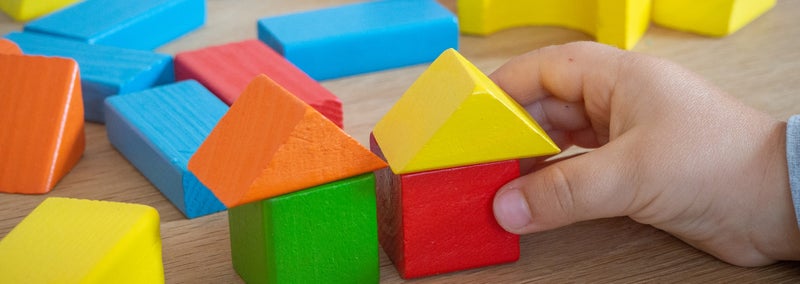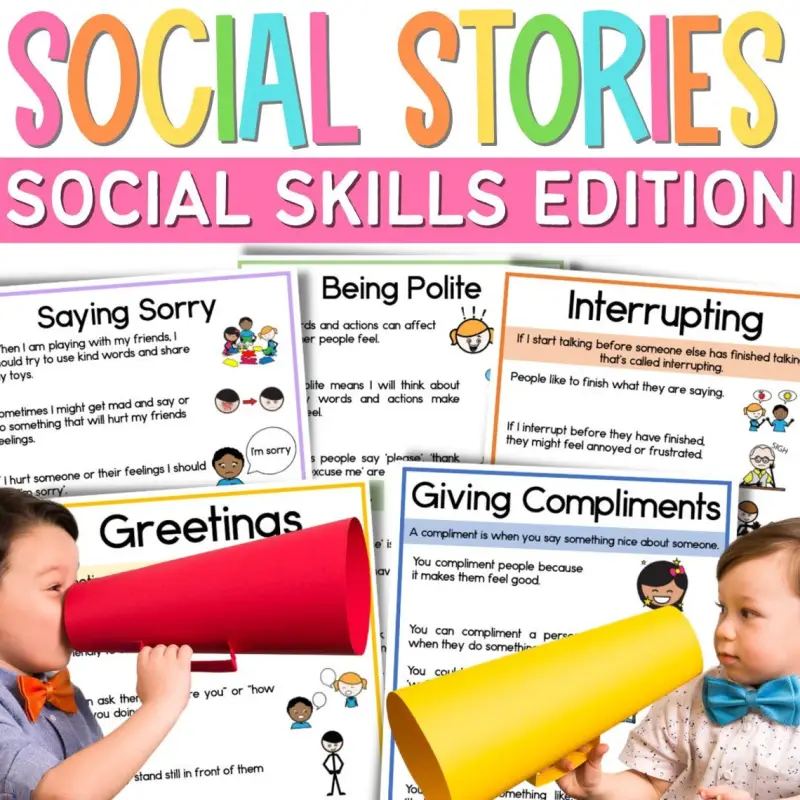
Programs
Learn as you Play
Having raised two boys with autism, we at ZAC understand the need for down time and play time. Using the strategy of an online playdate, ZAC provides an engaging and fun filled hour of play using board games, bubbles, sensory items and toys.
Key Points
- Play helps children develop skills that are important for learning and development.
- Different types of play develop different skills.
- Autistic children might need support for learning to play in ways that develop their skills.
Because there are 6 different types of play during your 30 minute program assessment you can decide with ZAC whether your child needs:
- exploration play
- cause-and -effect play
- toy play
- constructive play
- physical play
- or pretend play
- all of the above

Reading and Storytelling
During reading and storytelling time we will use key strategies
- Picture walks: Before reading, we'll explore the book together, pointing out key pictures and discussing what might happen in the story.
- Visual Aids: Using picture cards, symbols, graphic organizers to represent key concepts and characters in the story.
- Adapted books: We'll use books with large pictures, textured pages, or velcro pieces for interactive engagement.
Sensory Integration
- Sensory storytelling: We'll incorporate textures, smells, sounds, or movements related to the story to engage multiple senses.
- Tactile props: We'll use objects that relate to the story that your child can touch and manipulate.
Interactive Storytelling
- Role-playing: Your child will be encouraged to act out characters or scenes from the story using props or puppets.
- Questioning: We'll ask open-ended questions about the story to promote comprehension and discussion.
- Choice-based reading: Your child will select which page to turn to or which character to focus on.

Music and Movement
Having fun with music
- Communication: Music can help children learn to make eye contact, take turns, and share
- Self-expression: Music therapy can help children express emotions like anger, happiness, and grief
- Social integration: Play-based interventions can help children with autism integrate socially
-
Gross motor skillsDancing and other movement activities can help children develop gross motor skills
-
Fine motor skillsMusic-based movement experiences can help children develop fine motor skills
- Releasing repressed emotions: Music and physical movement can help children release repressed emotions
- Positive emotional experiences: Music and movement can help children generate positive emotional experiences
- Self-confidence: Children with autism can gain self-confidence through music and movement activities
- Singing
- Playing instruments
- Listening to music
- Dancing
- Conducting

Social Stories
Social Stories for Autism
Social stories are a therapeutic tool designed to help individuals with autism spectrum disorder (ASD) understand and navigate social situations. They are short, personalized narratives that provide information about social cues, expectations, and appropriate responses.
Purpose and Benefits:
-
Improve social understanding:Social stories help children with ASD learn about social norms, etiquette, and how to interact with others.
-
-
Reduce anxiety and behavioral challenges:By providing clear expectations and guidance, social stories can help reduce anxiety and minimize disruptive behaviors in social situations.
-
Enhance communication skills:Social stories can reinforce appropriate language use, social cues, and turn-taking skills.
-
Build self-confidence:By providing positive reinforcement and celebrating successes, social stories can help children with ASD feel more confident in their social interactions.
-


